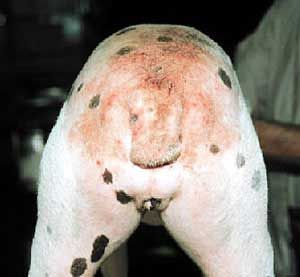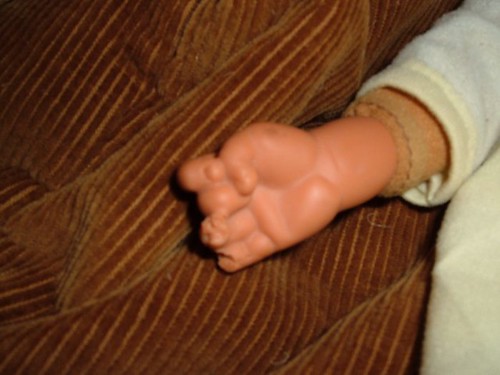Fleas
Fleas are the insects forming the order Siphonaptera. They are wingless, with mouthparts adapted for piercing skin and sucking blood. Fleas are external parasites, living by hematophagy off the blood of mammals and birds.
Some flea species include:
Cat flea (Ctenocephalides felis)
Dog flea (Dog Fleas) (Ctenocephalides canis)
Human flea (Pulex irritans)
Moorhen flea (Dasypsyllus gallinulae)
Northern rat flea (Nosopsyllus fasciatus)
Oriental rat flea (Xenopsylla cheopis)
Over 2,000 species have been described worldwideFleas are wingless insects (1/16 to 1/8-inch (1.5 to 3.3 mm) long) that are agile, usually dark colored (for example, the reddish-brown of the cat flea), with tube-like mouth-parts adapted to feeding on the blood of their hosts. Their legs are long, the hind pair well adapted for jumping: a flea can jump vertically up to 7 inches (18 cm) and horizontally up to 13 inches (33 cm),[3] making the flea one of the best jumpers of all known animals (relative to body size), second only to the froghopper. According to an article in Science News, "researchers with the University of Cambridge in England have shown that fleas take off from their tibiae and tarsi—the insect equivalent of feet—and not their trochantera, or knees. The researchers report their conclusion in the March 1 Journal of Experimental Biology."[4] It has been known that fleas do not use muscle power but energy stored in a protein named resilin but the researchers used high-speed video technology and mathematical models to discover where the spring action actually happens.
















No comments:
Post a Comment